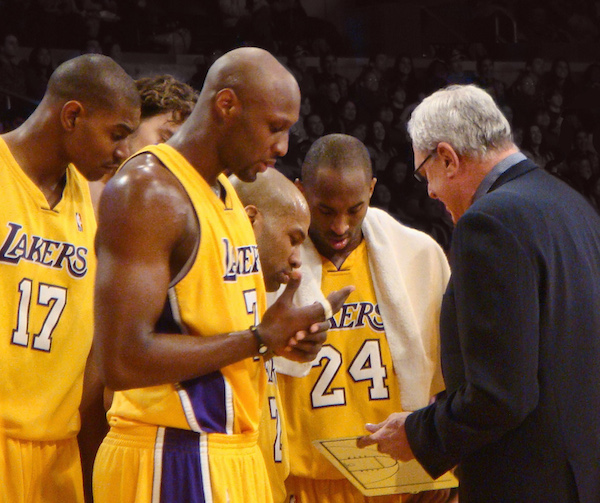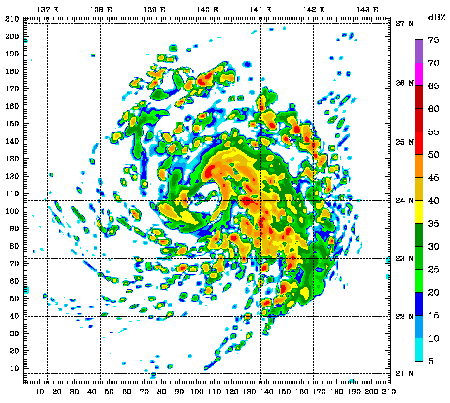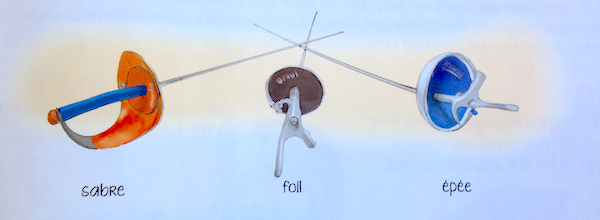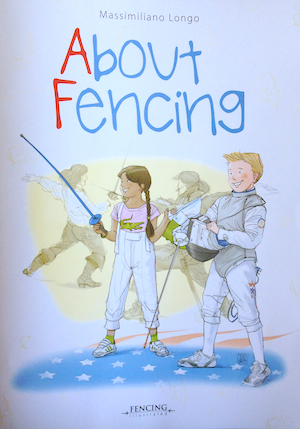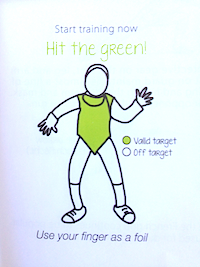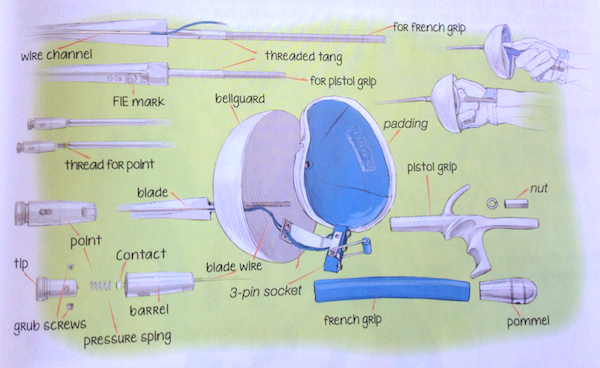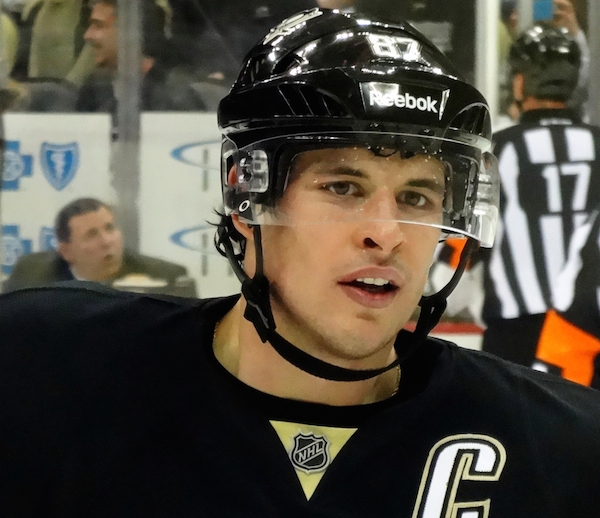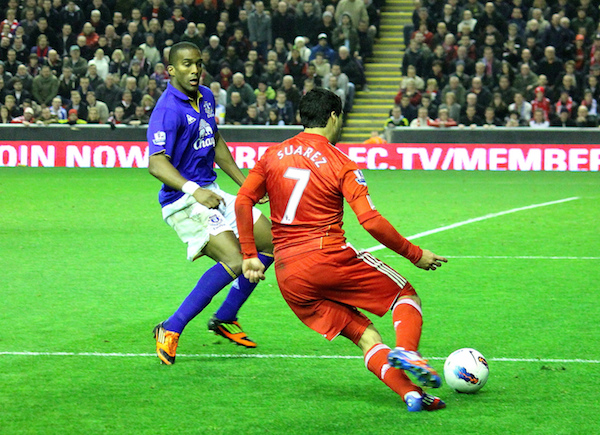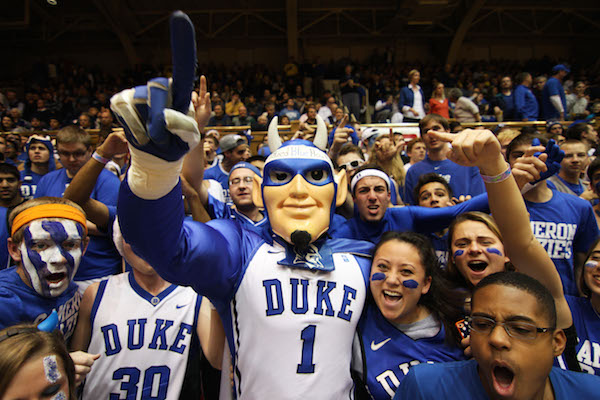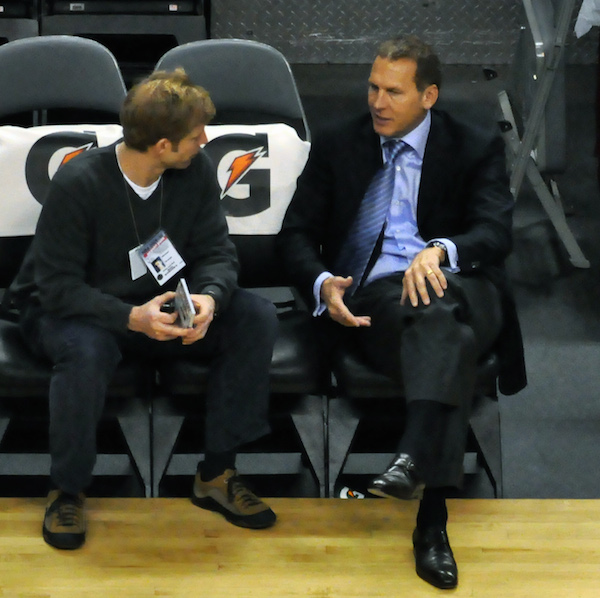Dear Sports Fan,
I was watching Moneyball with my husband. We were curious how trading works in various sports. Can you explain the rules and how they are implemented. For example why do trades happen in the middle of the season for some sports, but not others?
Thanks,
Sarah
Dear Sarah,
At it’s heart, Moneyball is a story about how careful analytical thought can provide an organization an advantage over its competitors. The team at the center of the story, the Oakland Athletics baseball team, exploited its competition mostly by making unexpectedly smart personnel decisions. In any sports league, teams have three main ways of acquiring players: by drafting players not yet in the league, by signing players who are free agents, and by trading for players. As you pointed out in your question, trades work a little differently in each major sports league in the United States. While an explanation of the exact rules in each league could easily give even the most long-winded Russian novelist a run for her money, I’ll try to lay out a few of the major differences in a few mercifully brief paragraphs below.
Hard Cap, Soft Cap, or No Cap?
One of the biggest factors affecting how players are traded in a sports league is the salary cap structure. A salary cap is a value, set before the season, against which the aggregated salaries of all the players on a team are compared to. In leagues with a hard salary cap, like the National Football League (NFL) and National Hockey League (NHL), teams are (with very, very few exceptions) not allowed to exceed this value. In leagues with a soft salary cap, like the National Basketball League (NBA) there are a host of ways that teams can exceed the value set by the salary cap. Depending on how a team manages to exceed it, they may be assigned a financial penalty but not one that hurts them on the court. Some leagues, primarily Major League Baseball (MLB), have no salary cap. In baseball, teams can pay their players as much or as little as they choose and the market will bear.
These rules have a deep impact on the trading culture of the leagues. Having a hard cap restricts the possible trades teams can make. Any potential trade that would put a team over the salary cap is a non-starter. Having no cap, like in the MLB, means that teams are free to trade players pretty much however they want. The in between world of the soft capped NBA is perhaps the most interesting. NBA trades are often more about finances than they are about basketball players. Because teams are constantly in the process of manipulating their payroll in order to position themselves best within the complicated world of soft-cap exceptions, you’ll often see basketball trades that, if you don’t understand the financial and cap implications of them, seem totally crazy. For instance, one team might seem to give a player to another team for virtually (and sometimes literally) nothing. Or a team might send a good player to a team for a player who has had a career ending injury. In those cases, what the team is getting back is not the injured player or nothing, but some element of financial flexibility.
To trade a draft pick or not?
In all four major U.S. sports leagues, there are entry drafts each year where teams get to take turns choosing players who aren’t in the league yet. In all but one, teams can and often do trade their right to choose in a future year’s draft to another team. The one league where that is (again, basically) not allowed is the MLB. Teams in the other three leagues often get themselves in trouble by mortgaging their future for their present by trading a lot of their future draft picks away. One entertaining aspect of trading draft picks is that the order during drafts is set (more or less) by how teams did in the previous season. The worse a team does, the more likely they are to have a high pick in the upcoming draft. If the team you root for has another team’s draft pick, it’s order is still set by how that team performs, so a good fan will root against that team all year to optimize the chance of its draft pick being a good one.
Do the players get a say?
This all seems fine and dandy until you stop and think about players and their families who can get uprooted at any moment and forced to move to another city. This is definitely part of the business of sports and most players don’t have much control over their careers in this way. There are a couple major exceptions. When a player negotiates his or her contract, they can negotiate a full or partial no-trade clause. A no-trade clause, sometimes abbreviated as a NTR means that a player does have some say over whether and where they get traded. A partial no-trade clause means a player has to maintain a list of some number of teams they would be willing to be traded to. A full no-trade clause means they have complete veto power over any trade. Usually only veteran or star players have the clout to negotiate these clauses into their contracts. In the MLB, players who have played for 10 years and have been with their current team for five consecutive years are automatically given no-trade clauses. This is called the 5/10 rule.
How does the sport itself affect trading?
The final major factor that goes into defining the trading culture of a league is how easy it is for players to switch teams mid-season. You mentioned in your question that some leagues don’t seem to have mid-season trades. That’s only partially true. All leagues allow for mid-season trades (at least before a trade deadline) but there is one league where they rarely ever happen. That league is the NFL. This is mostly because football is so complicated and so reliant on the close-to-perfect collaboration of lots of interconnected parts. It’s really difficult for a player from one team to move over to another team in the middle of the season, learn their plays and their terminology, and make a difference to the team’s fortunes that season. Compare that to the NBA where teams often run similar plays and the individual talent of one player (of the five on the court at one time compared to the 11 in football) can make an enormous and immediate impact. NFL trades are rare. NBA trades are quite common.
— — —
Like I said, trading is such a complicated business in sports that a post about how it works from league to league could easily morph into an unreadably long essay. I think this is a good stopping point for today. These four factors probably account for the majority of the trading differences within the four major U.S. sports leagues.
Thanks for reading and questioning,
Ezra Fischer

